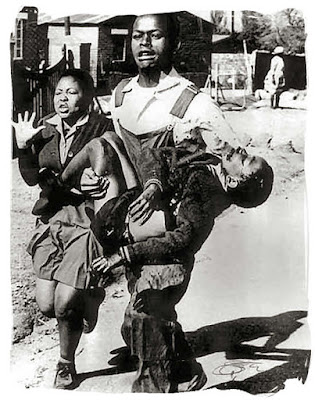Video clips; What does SA need? Tell us about your privilege?
What does South Africa need?
Tell us about your privilege?
These clips were made for InkuluFreeHeid and appeared on their Facebook page originally.
Minimum wage implications on Job Creation and Equality: a South African review
In June of 2014, President Jacob Zuma delivered his annual State of the Nation address to parliament and the state at large. He made mention of the need to combat wage inequality and called for stakeholders to investigate a national minimum wage (South African Government, 2014a). Various organisations, with COSATU at the forefront, have since started to research the implications, and campaign for the implementation of a national minimum wage.
This article will provide a comprehensive overview of what a national minimum wage involves, how it might affect employment statistics and whether it will aid inequality and the Gini coefficient. Brazil’s minimum wage policy will be examined at length and conclusions will be drawn on whether the Brazilian example could work in the context of South Africa.
Figure 1 below illustrates the relationship between minimum wage and employment.
This article will provide a comprehensive overview of what a national minimum wage involves, how it might affect employment statistics and whether it will aid inequality and the Gini coefficient. Brazil’s minimum wage policy will be examined at length and conclusions will be drawn on whether the Brazilian example could work in the context of South Africa.
Figure 1 below illustrates the relationship between minimum wage and employment.
In Figure 1 the minimum wage requires workers be paid a higher wage than the equilibrium would dictate in a perfectly competitive market; it is important to note that this is not always the case. In many developed countries workers are paid above minimum wage to satisfy demand and supply effects. The graph, however, would be an accurate depiction of the South African example where equilibrium wages are low due to high unemployment and, thus, an overwhelming supply of labour to the market.
"There is no Congo"; what makes a state a state?
In early 2009, Jeffrey Herbst and Greg Mills published an article urging the international community to understand that the Democratic Republic of Congo is not, in their opinion, an actual state. They do not deny the existence of the geographical land mass that is Congo at present, but are challenging the notion that nation states can be considered “states” simply because they are drawn on a map as so.
To grapple with the content and arguments of this topic it is necessary to define two key terms; “state” and “sovereignty”. A state, or a nation-state, is a form of social collectiveness where a group of people share a sense of common identity (whether it is due to race, religion or language) and share both a political base and a geographical location (G Evans & J Newnham, 1998: 27). Sovereignty describes a countries ability to be the highest authority on decisions and to maintain dominium over other actors within its geographical boarders (JE Thomson, 1995: 214).
The Democratic Republic of Congo is an interesting example particularly because of the sheer size of the country. Herbst and Mills (2009) pointed out that the Congo is a dynamic and many-faceted country that comprises of a spectrum of different cultures, ethnicities, languages and religions. In fact, the many people living in the Congo have little in common with other members of the state, there is no unifying factor, save their colonial past. The map below (CIA World Fact Book, 2011) provides a context for the Democratic Republic of Congo, and makes clear the extent that neighbouring countries possibly have on the rule of the Congo.


The largely random demarcation of the Congo by Belgium in 1960, which lead to the mass grouping of different peoples, has not resulted in a coercive and functional state. This is a serious issue faced not only by the international community, but - more importantly - by the Congolese people.
Youth Day and Channel O image
A brilliant advert for Channel O urges South Africans to "Live the dream the youth of '76 died for", referring of course to the massacre of school children in Soweto.
The advert and the original image of Hector Pietersen (on which the advert was based) are shown below.
The advert and the original image of Hector Pietersen (on which the advert was based) are shown below.
Subscribe to:
Posts (Atom)





